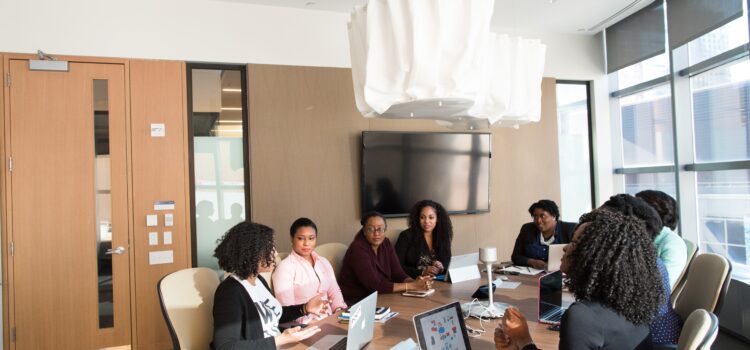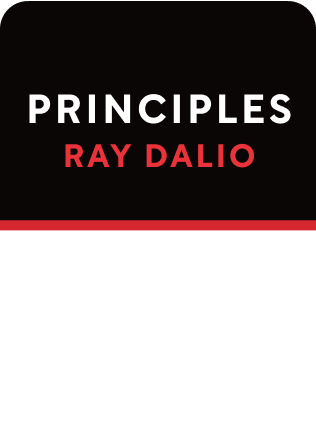

This article is an excerpt from the Shortform summary of "Principles: Life and Work" by Ray Dalio. Shortform has the world's best summaries of books you should be reading.
Like this article? Sign up for a free trial here .
What is believability weighted decision making? How can believability weighted decision making help you make decisions in the workplace?
Believability weighted decision making is when a manager considers opinions based on the credibility of the person with the opinion.
Read more about believability weighted decision making and how it works.
Believability Weighted Decision Making
Once facts and viewpoints are put out there through radical truth and thoughtful disagreement, how do you reconcile them to make the best decisions?
To maintain order and allow the best decisions to surface, people must agree on procedures to resolve disagreements, and abide by the conclusions of the procedures. At Bridgewater, the procedure they use is believability weighted decision making.
“Believability weighted decision making” means to weigh the opinions of people who are more believable more heavily than less believable people. This is distinctly different from weighing everyone’s votes equally, as in a democracy.
Who are believable people? They are people who 1) have repeatedly succeeded at the thing in question, and 2) can logically explain their conclusions. It makes sense to value the opinions of successful people more than those with little experience.
The Organization as a Machine
A great manager is essentially an organizational engineer in charge of building the machine.
- They understand the parts in the machine (the people, the processes, the culture) like a foreman understands his tools.
- They work hard to maintain and improve their machines.
- They study how well the machine is doing with metrics. They compare the current outcomes with the ideal outcomes, and find ways to close the gap.
- They worry about what can go wrong with the machine. They constantly survey the landscape to find suspicious signs of problems.
- They study what goes wrong in the machine—either it’s a problem with the machine’s design or with the people.
The ideal is to create a machine that works so well you can sit back, barely do anything, and watch beauty happen.
The 5-Step Process, Applied to Organizations
Just like individuals, organizations employ the 5-Step Process to evolve and continuously improve.
- Set clear goals. Define the metrics clearly. Make sure people know what their responsibilities are.
- Identify problems and don’t tolerate them. Make it an obligation to report mistakes. Have as many people looking for problems as possible.
- Diagnose your problems to find root causes. Figure out why the machine didn’t operate the way you expected. Find out whether someone lacks the ability to do the job and needs to be replaced.
- Design improvements to your machine. Visualize the plan working, like a movie script, picturing who will do what, when.
- Do the tasks required to completion.

———End of Preview———
Like what you just read? Read the rest of the world's best summary of Ray Dalio's "Principles: Life and Work" at Shortform .
Here's what you'll find in our full Principles: Life and Work summary :
- How Ray Dalio lost it all on bad bets, then rebounded to build the world's largest hedge fund
- The 5-step process to getting anything you want out of life
- Why getting the best results means being relentlessly honest with everyone you work with






